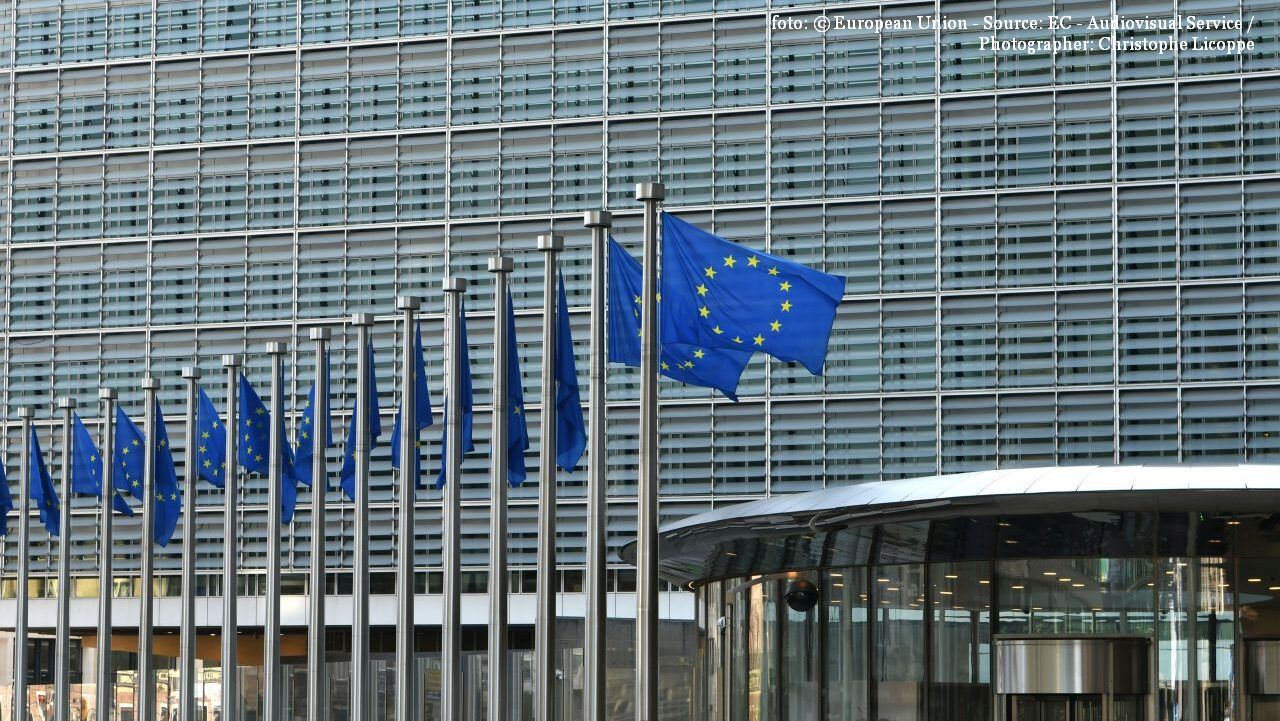The European report on product quality
A European report confirms the dual quality of EU food products

Roxana Vasile, 19.06.2018, 14:05
What Romanians
had long found out has ultimately been agreed upon in Brussels too: the quality
of food products sold in East European countries, including Romania, as well as
Bulgaria, Slovakia, Hungary or Poland, is inferior to that of similar products
sold in Western countries.
Formerly,
officials from all those East European countries demanded that multinationals
be no longer allowed to use low quality ingredients on the cheaper markets
where they deliver their products. For instance, 9 of the 29 food products
under scrutiny by the Institute of Hygiene and Veterinary Public Health in
Bucharest last year were different.
Those products
included canned fish, ham, bacon and bologna. These days, a report debated by
the MPs in the Committee on the Internal Market and Consumer Protection in the
European Parliament says that the problem of dual quality has been reported in
East European countries and the phenomenon must be made known at all levels, so
that pressure should be put on producers.
The question
which raises itself automatically is whether there was the producers’ intention
to cheat consumers. Moreover, the food labeling law must be amended because, as
Euro MPs say, the products sold with a similar packaging across the EU must be
the same.
Actually, the
discussion should start from the fact that all EU consumers should be treated
in the same way. Furthermore, Euro MPs argue that quality tests should be extended
to other products too and not only to the food products because there are
differences in those cases too.
According to the
Brussels correspondent for Radio Romania, the measures taken by the European
Parliament add up to those already announced by the European Commission, which
has developed a new methodology of comparing the quality of food products sold across
the EU. That new methodology aims to clarify and strengthen the consumers’
rights, prohibiting the practices of applying double standards in the matter.
The national
authorities in charge of food security and consumers’ protection are
responsible for ensuring that the food placed on the Single Market complies
with the relevant EU legislation. Consumers must also be informed about key
characteristics set in the EU food labeling law and should not be misled by the
packaging.
Under the
coordination of the Joint Research Centre, laboratories in several EU member
states will apply that methodology in a pan-European testing campaign to
collect data on the scope gained by the dual product quality. The first results
are to be made public at the end of this year.






























